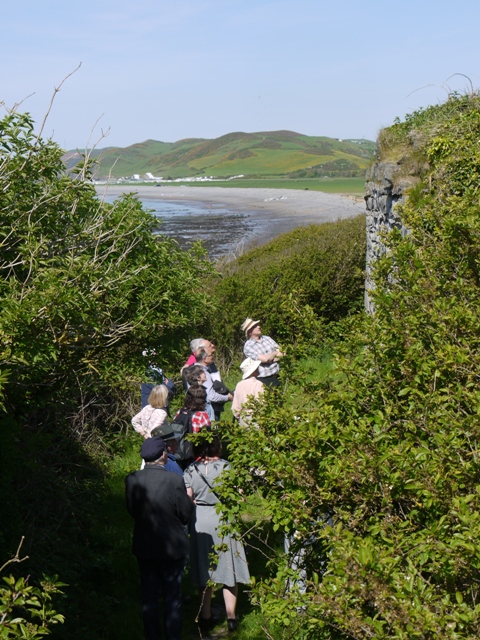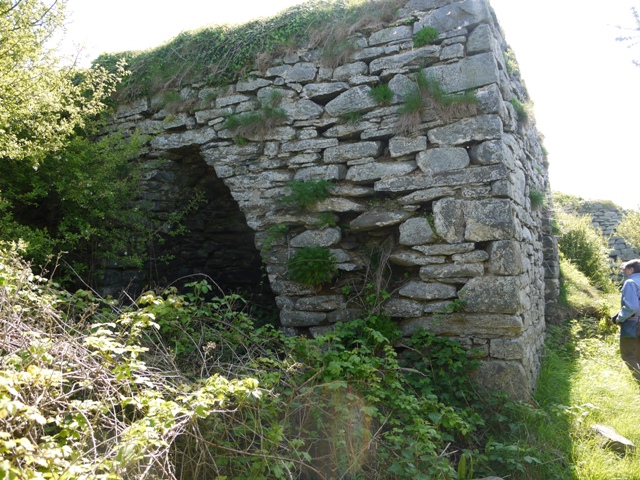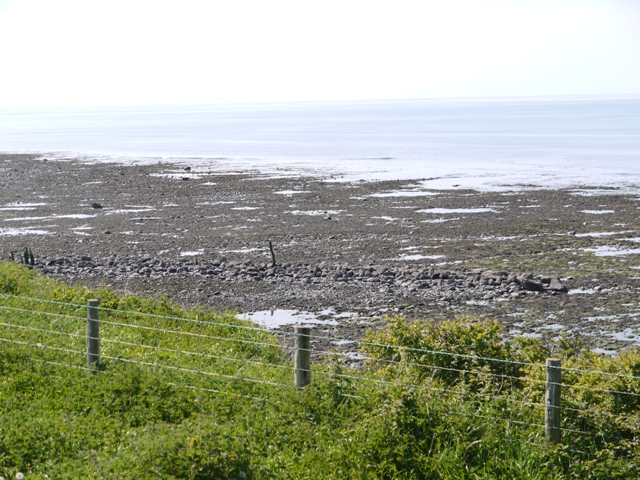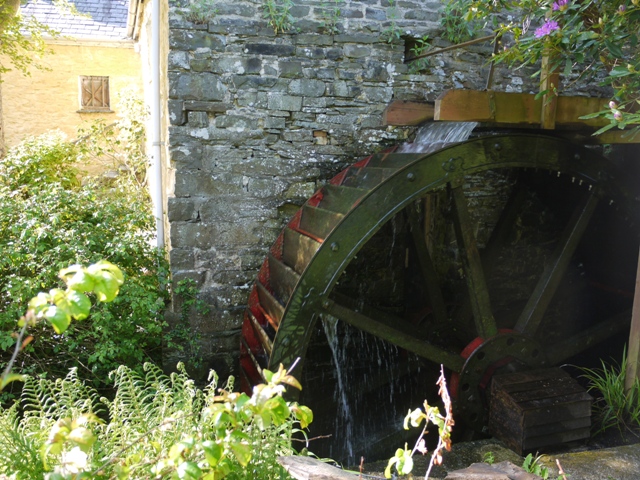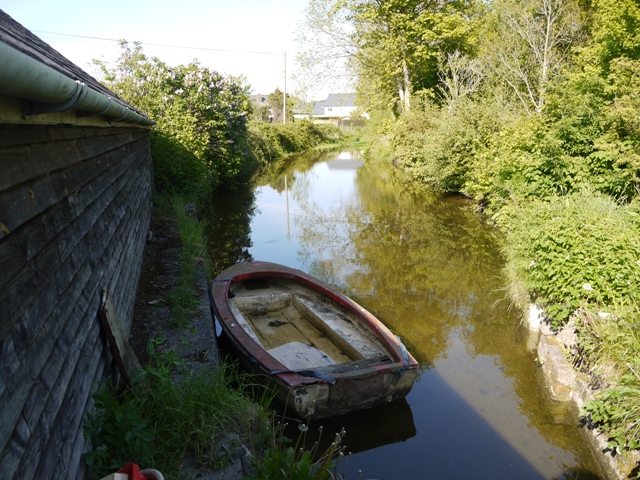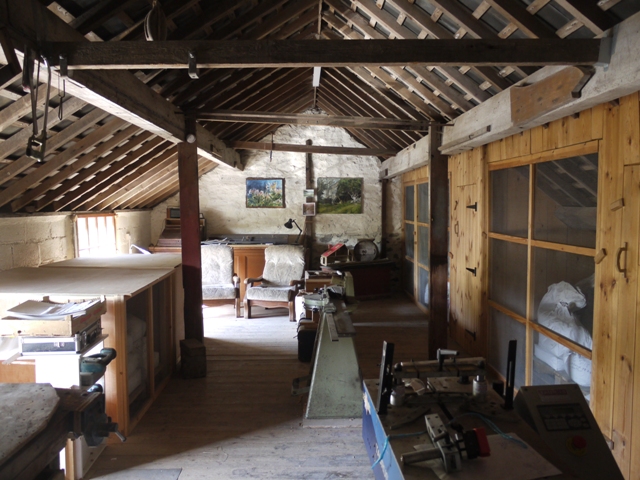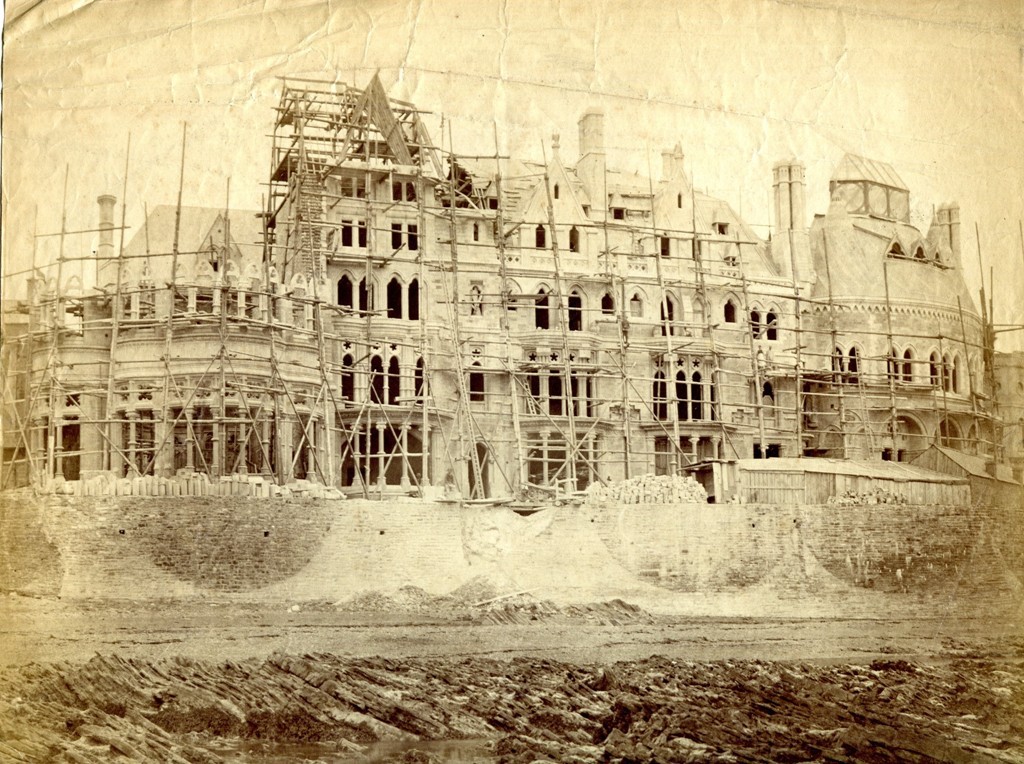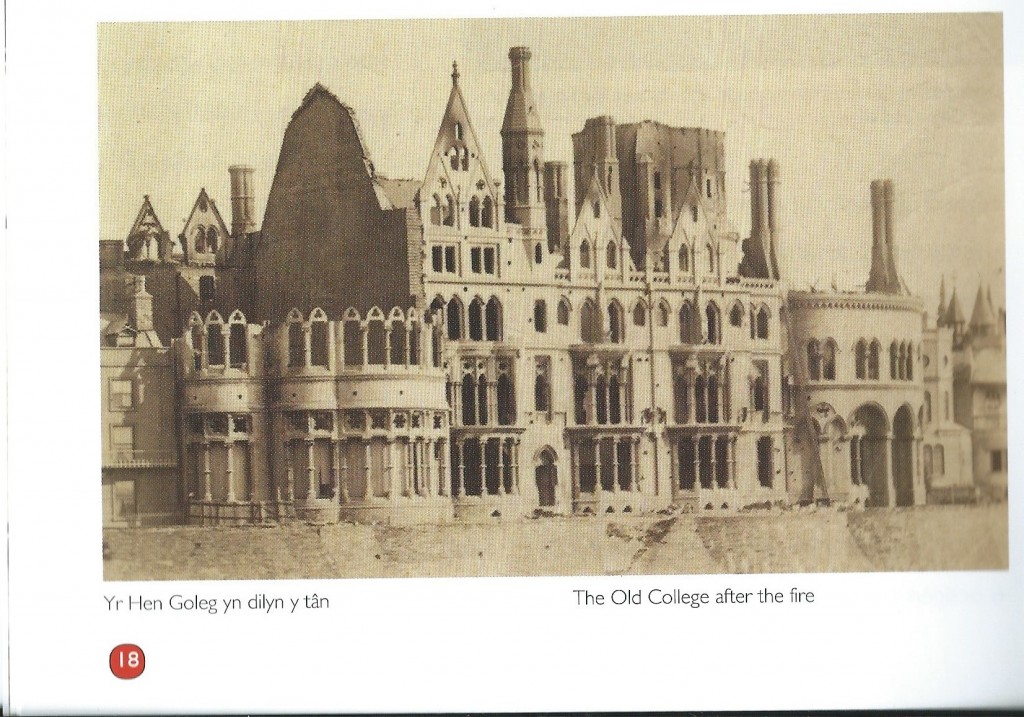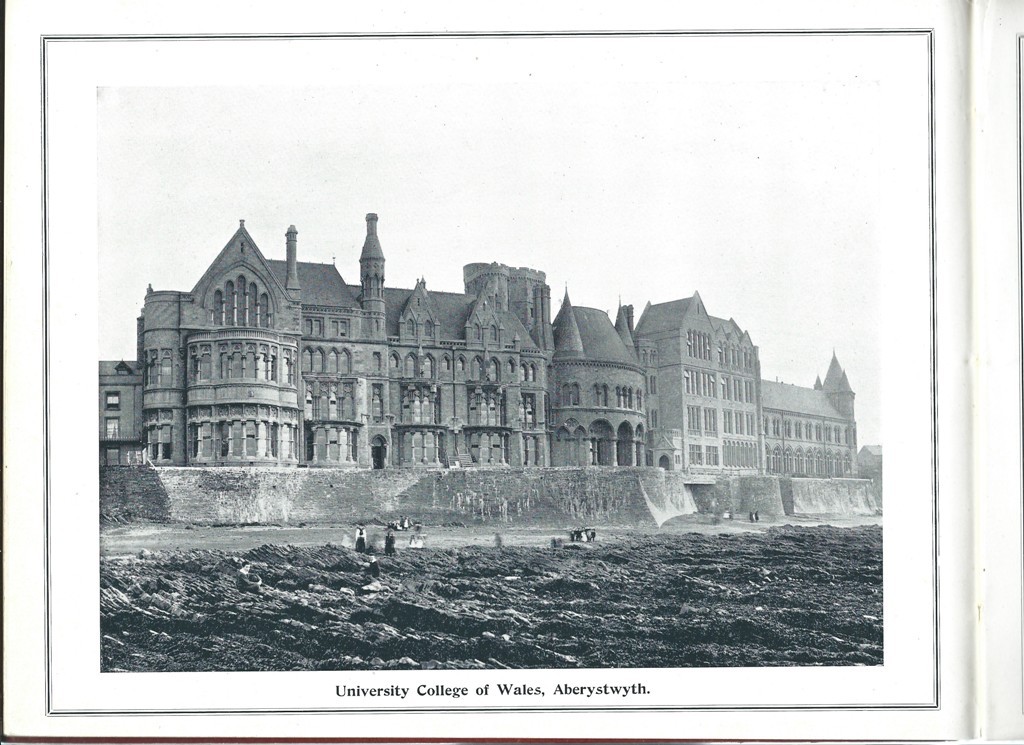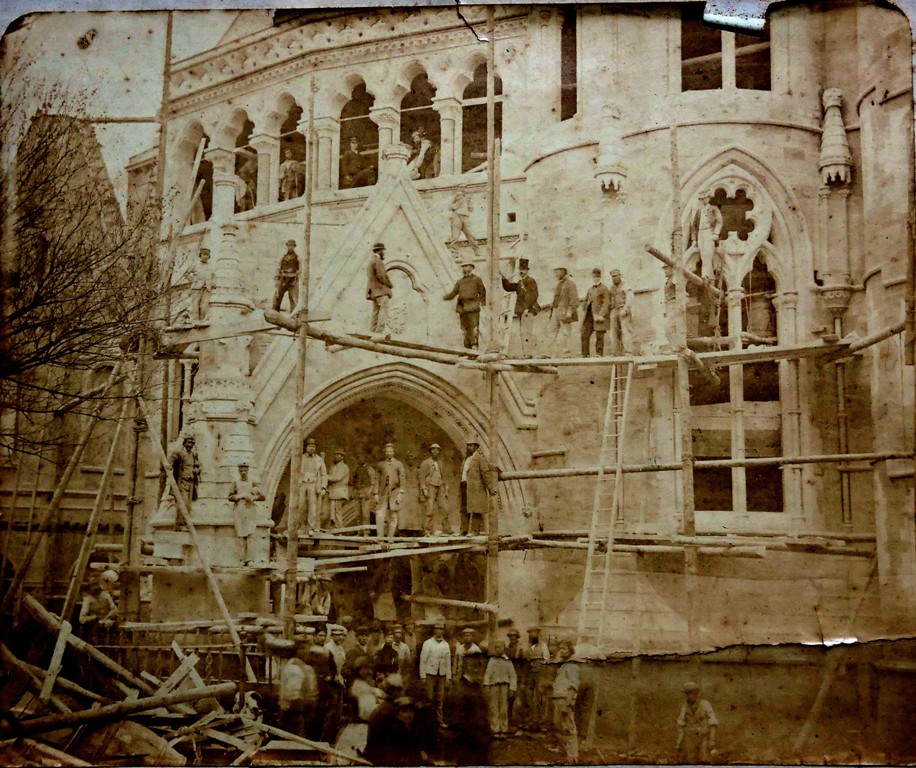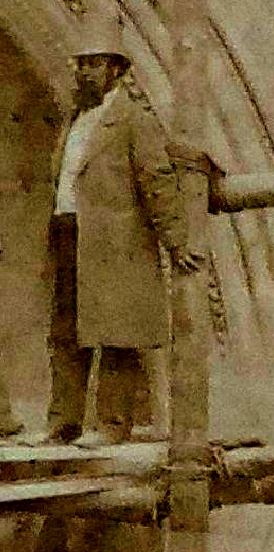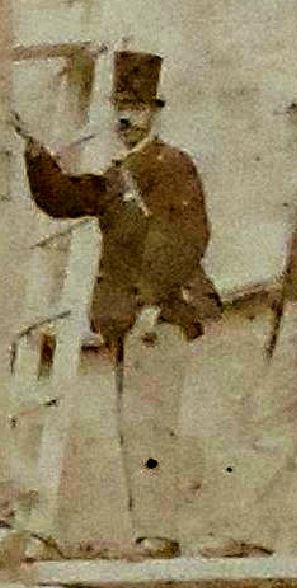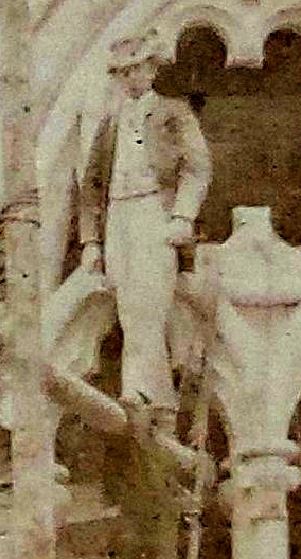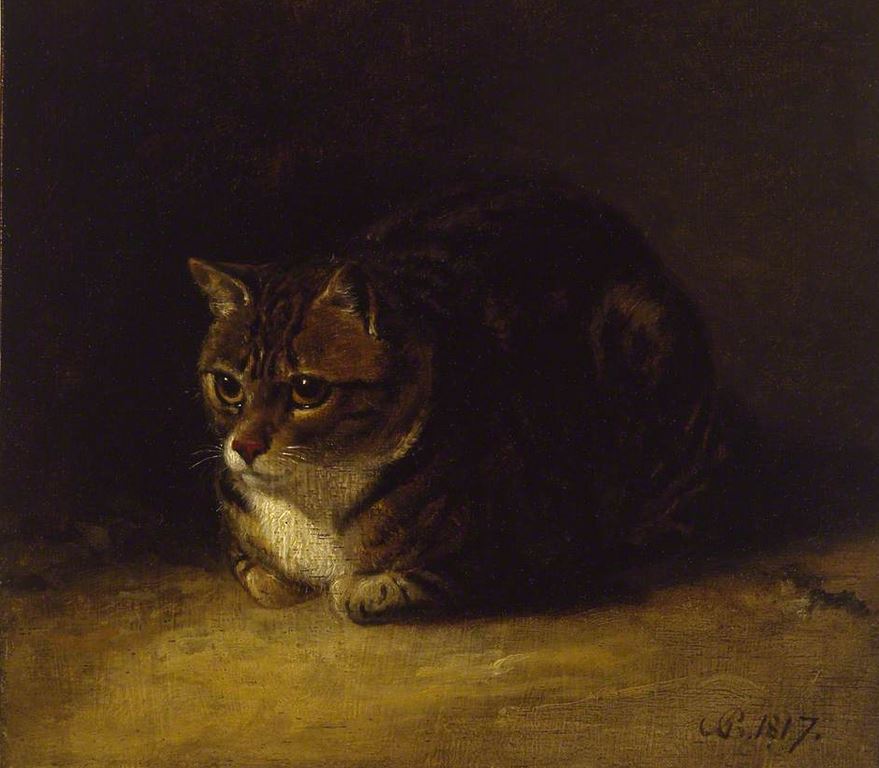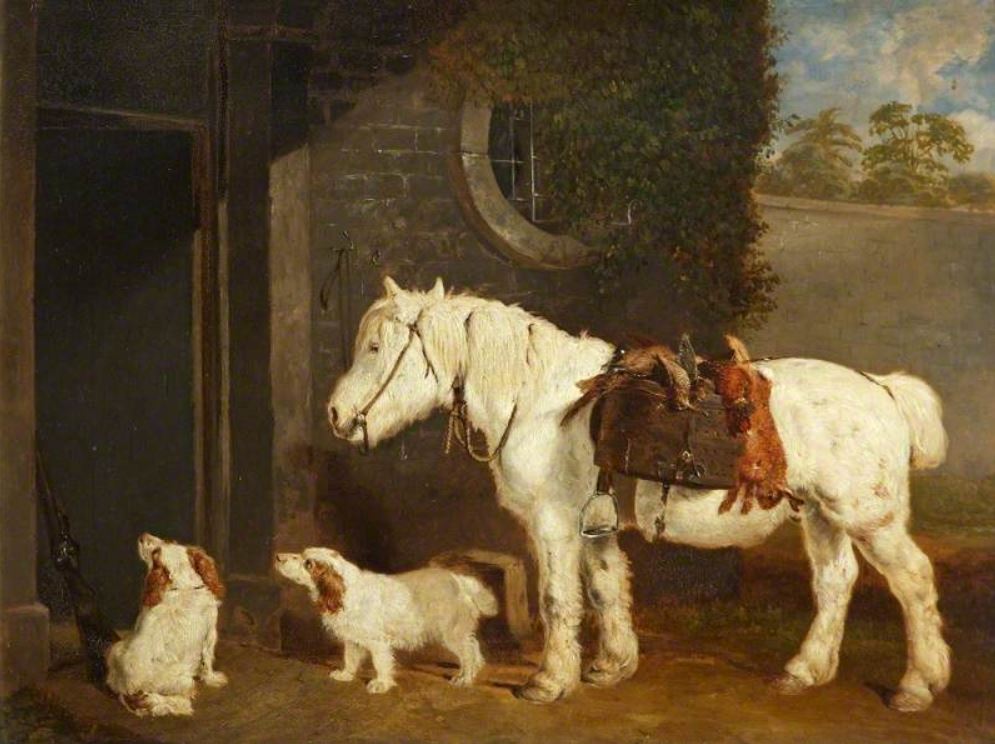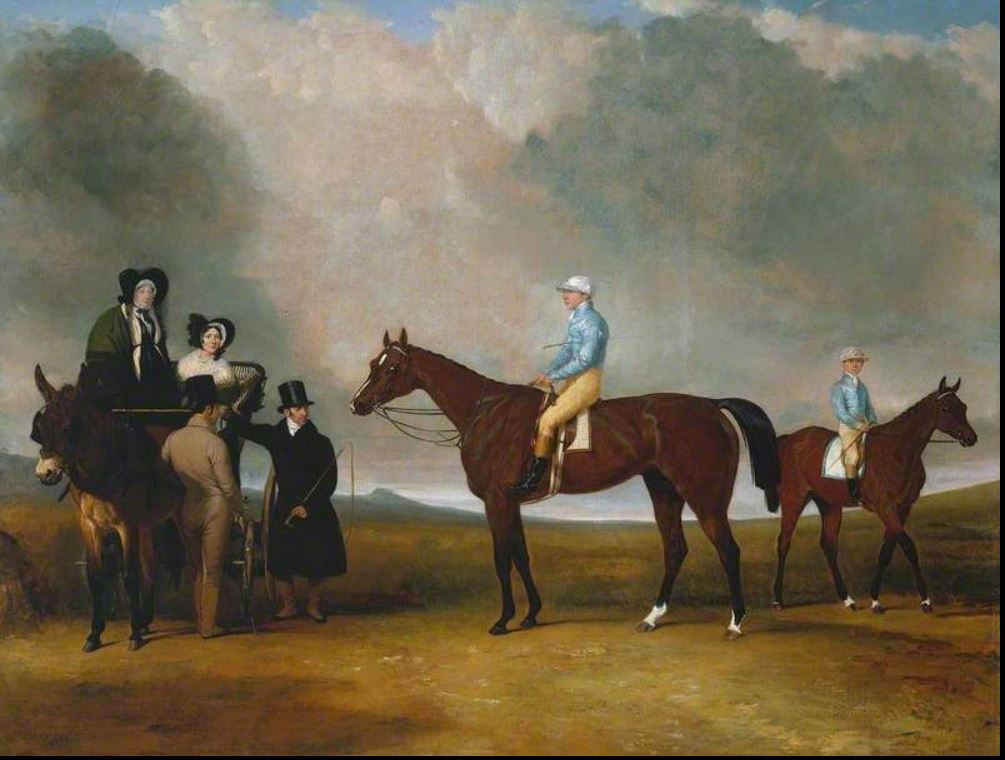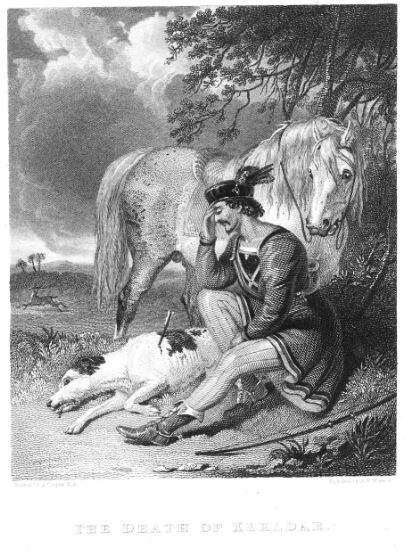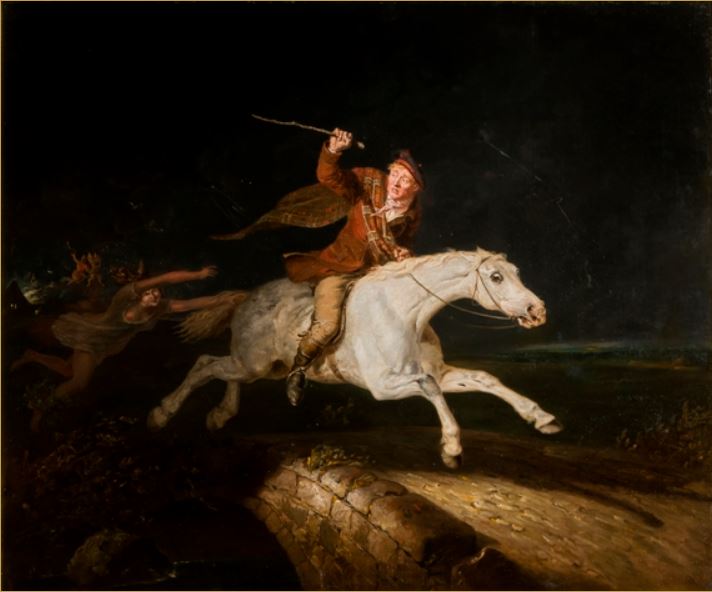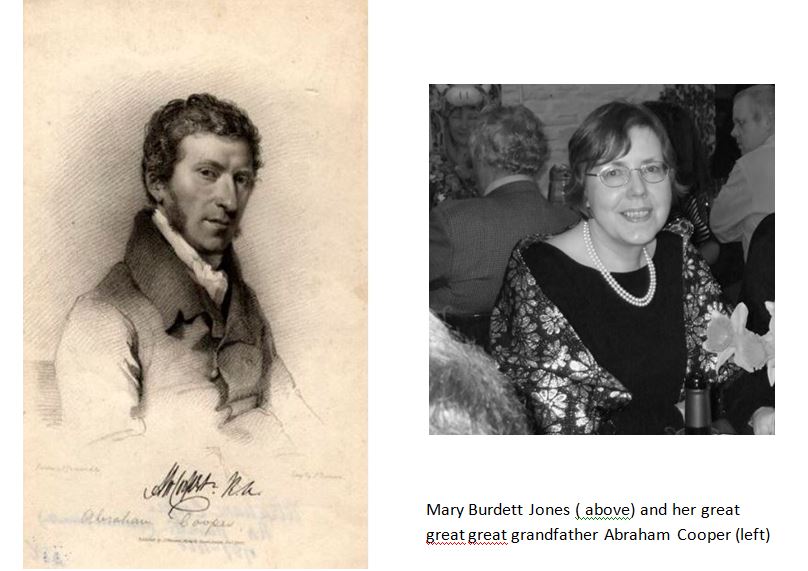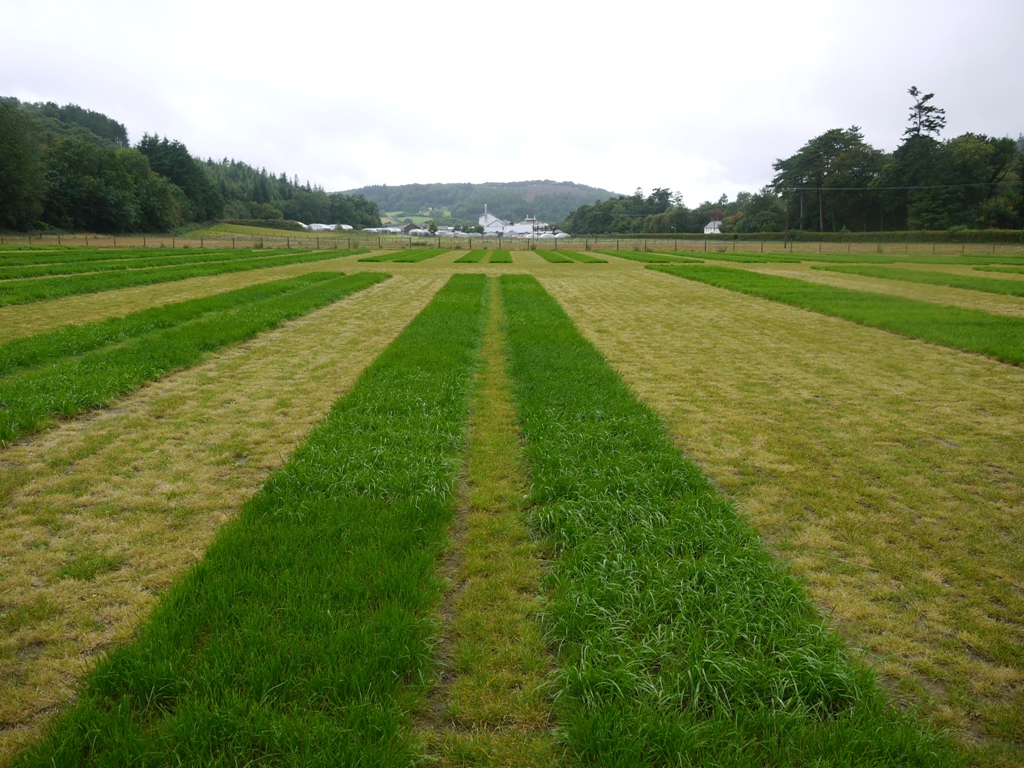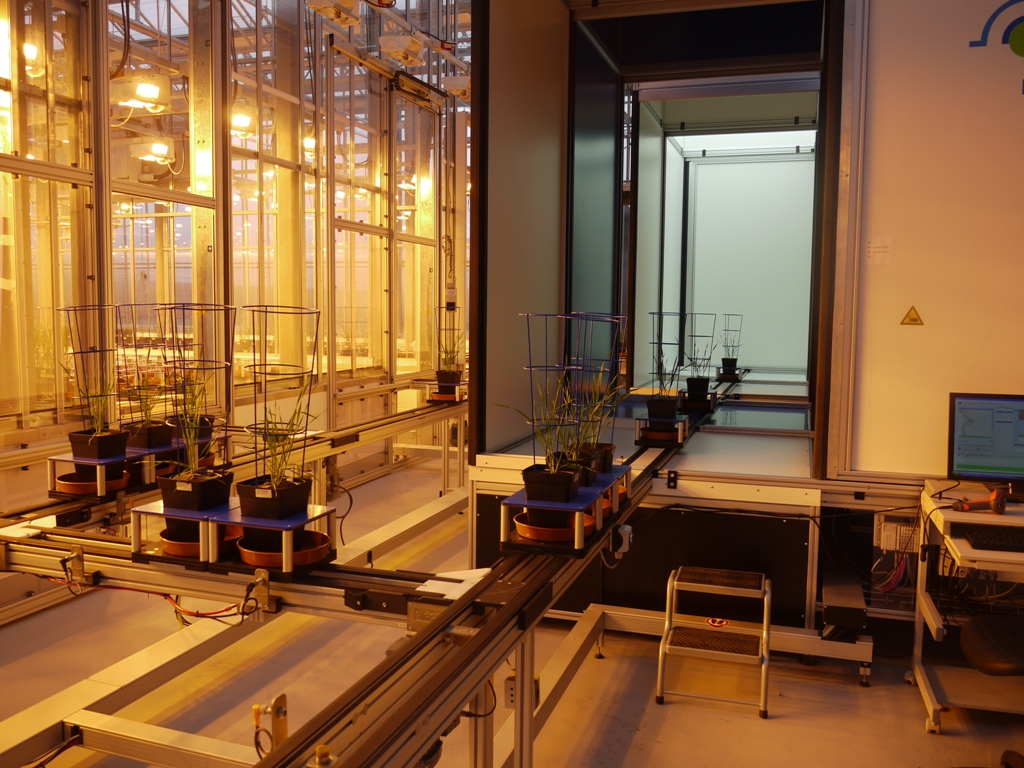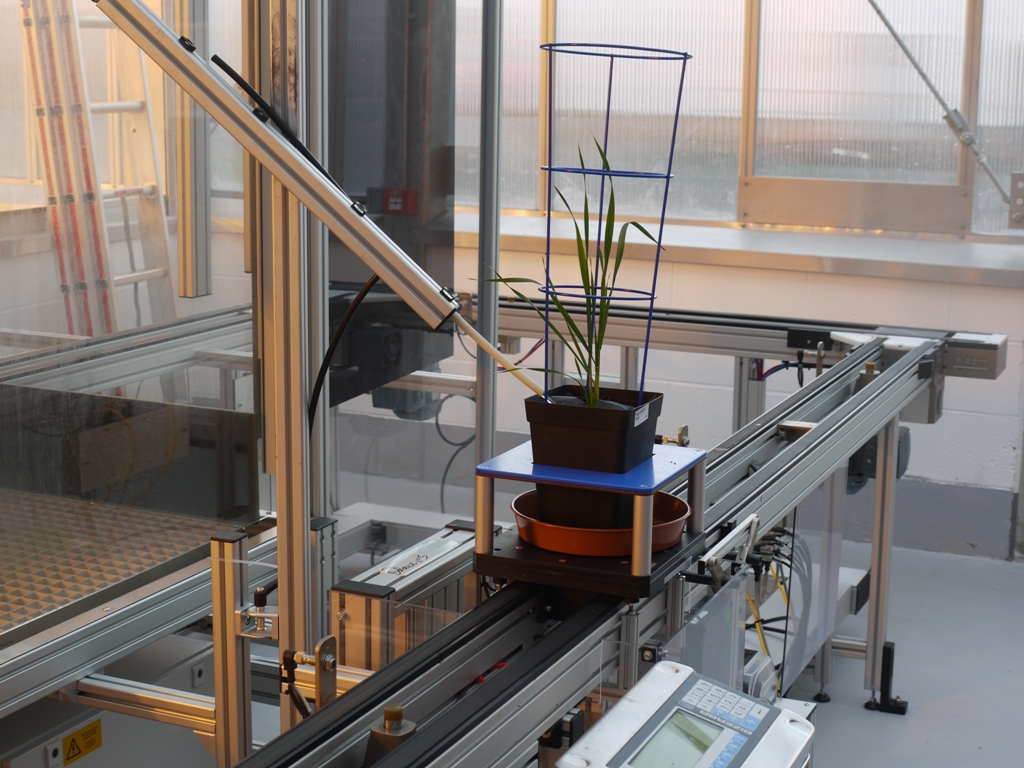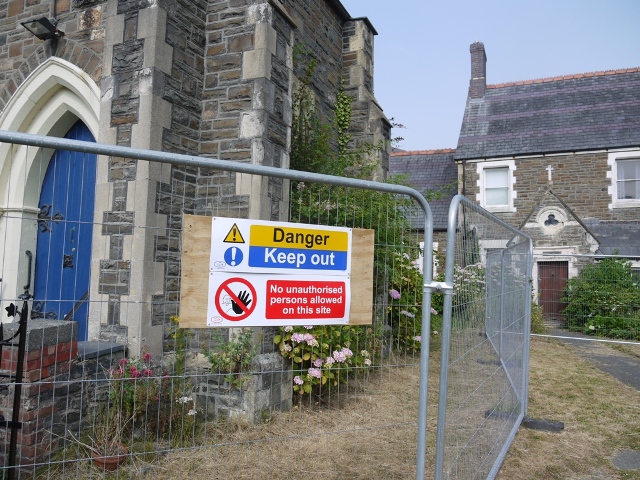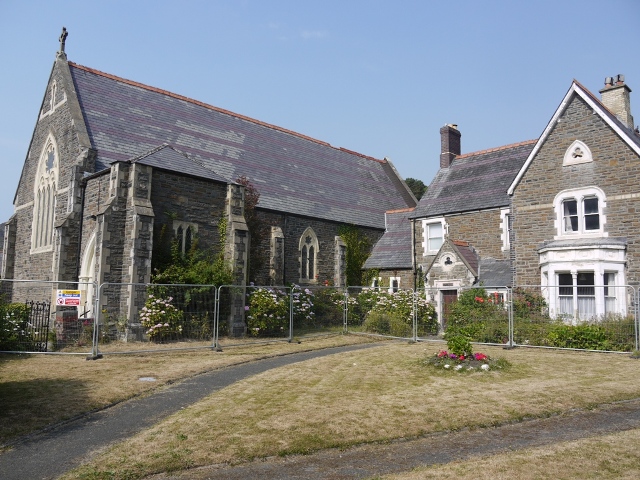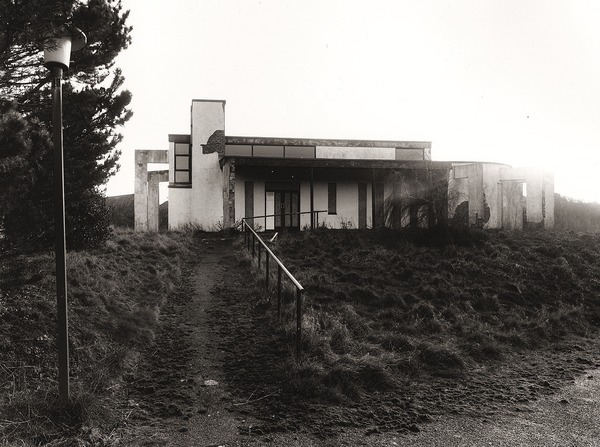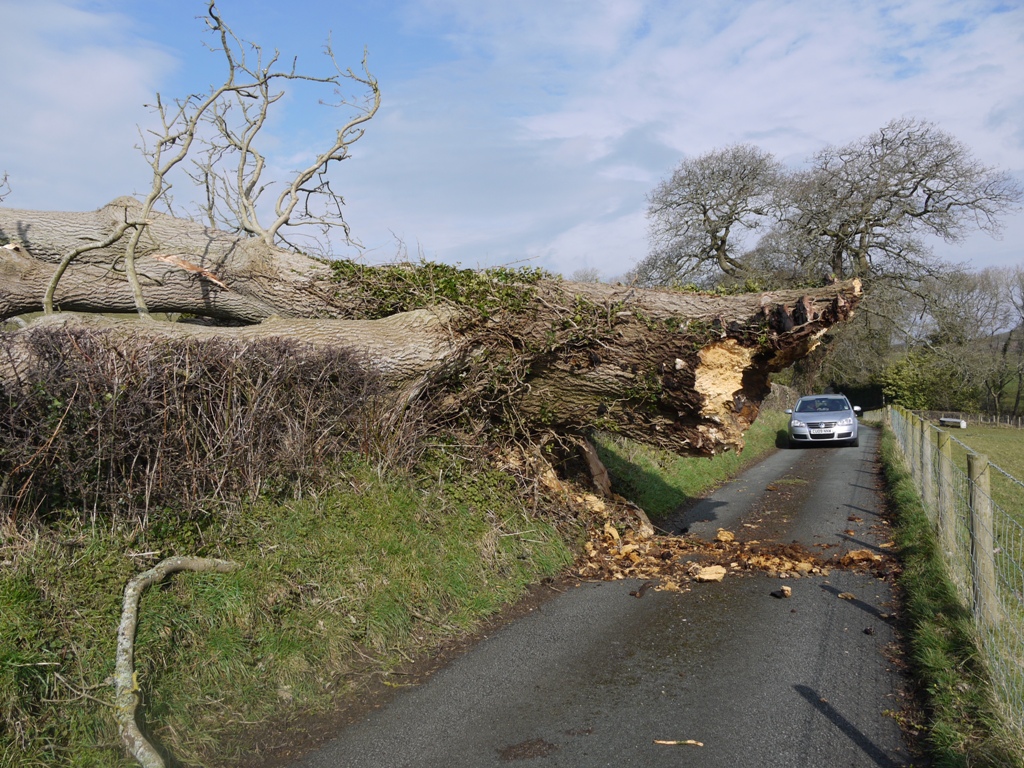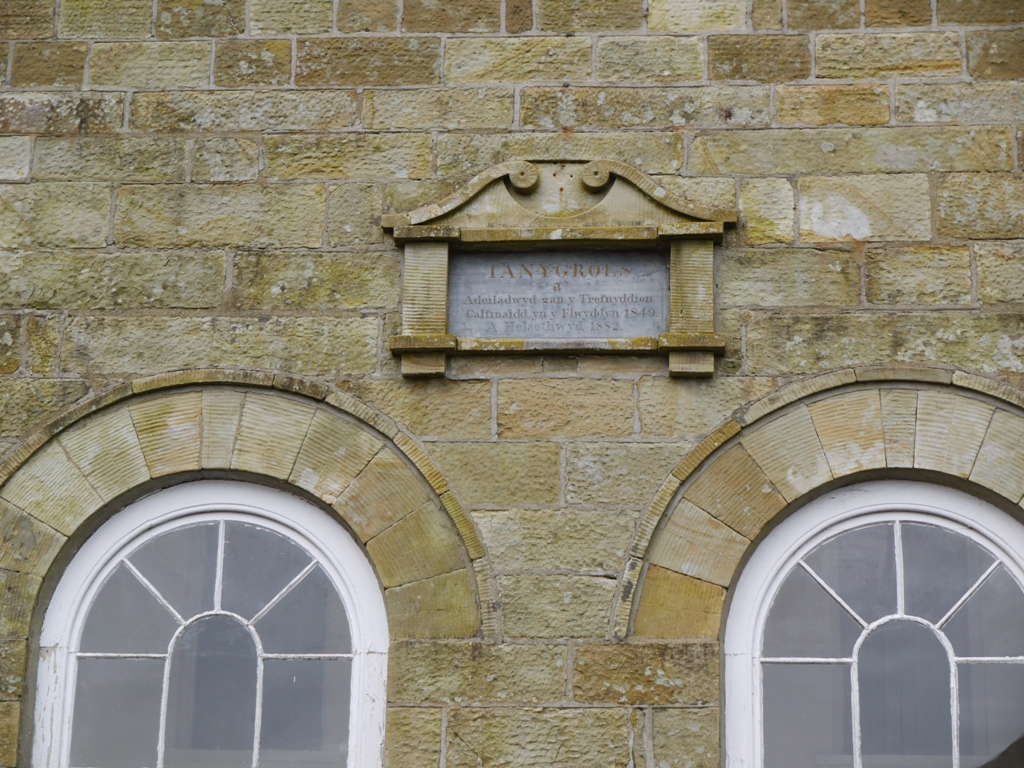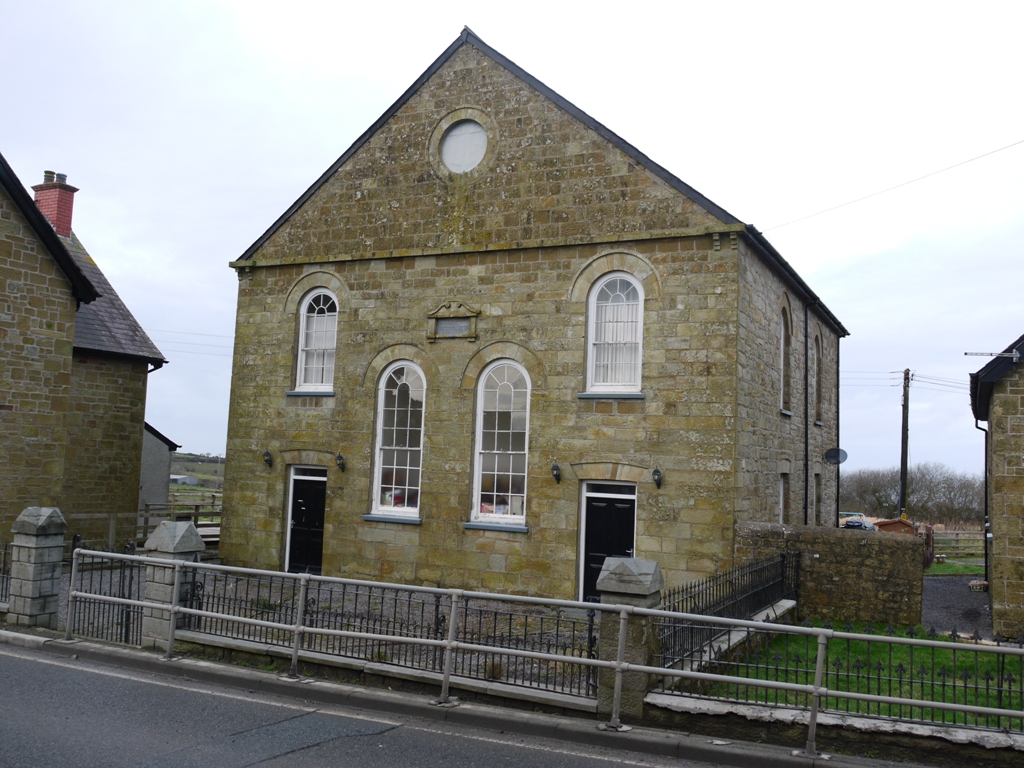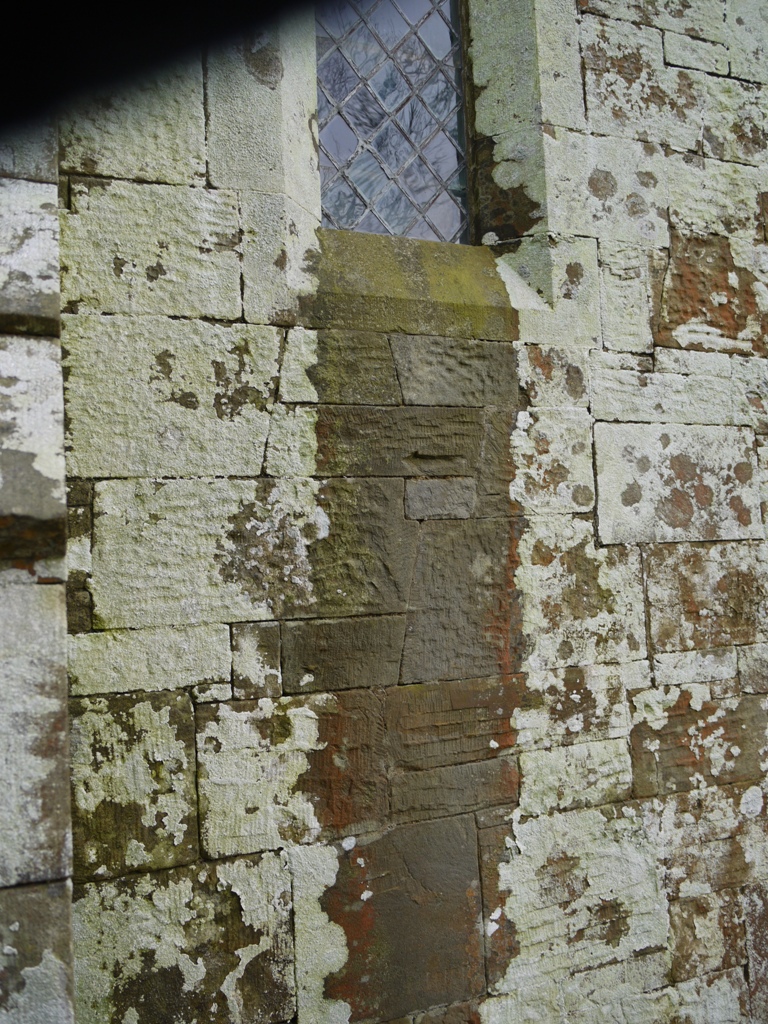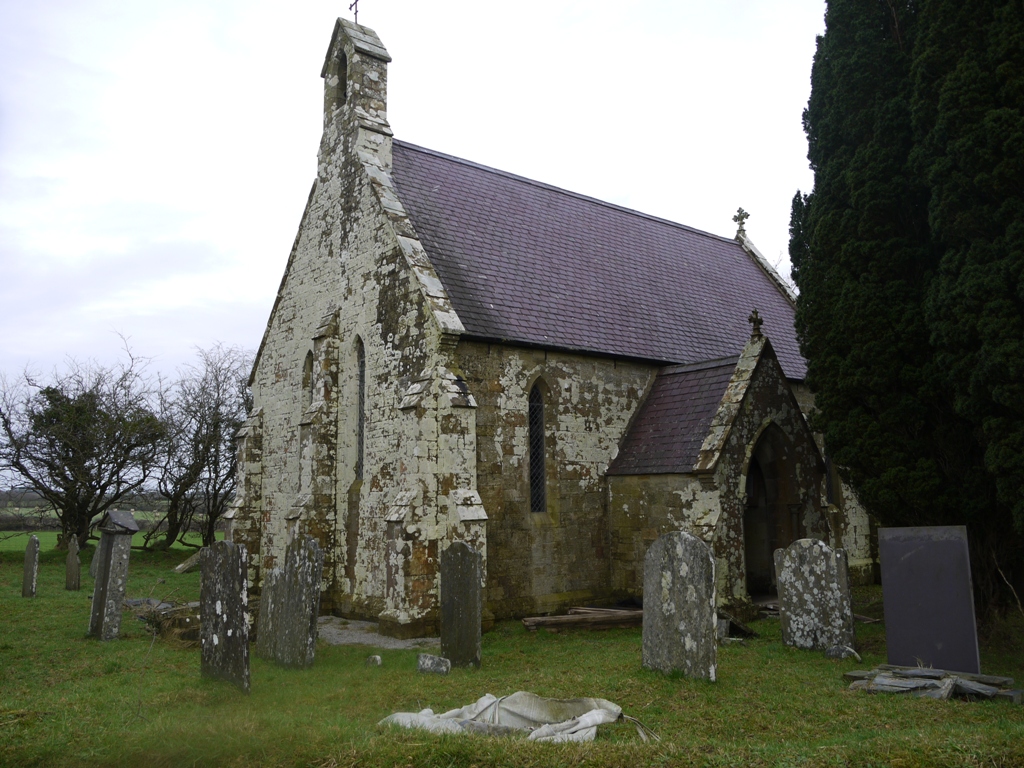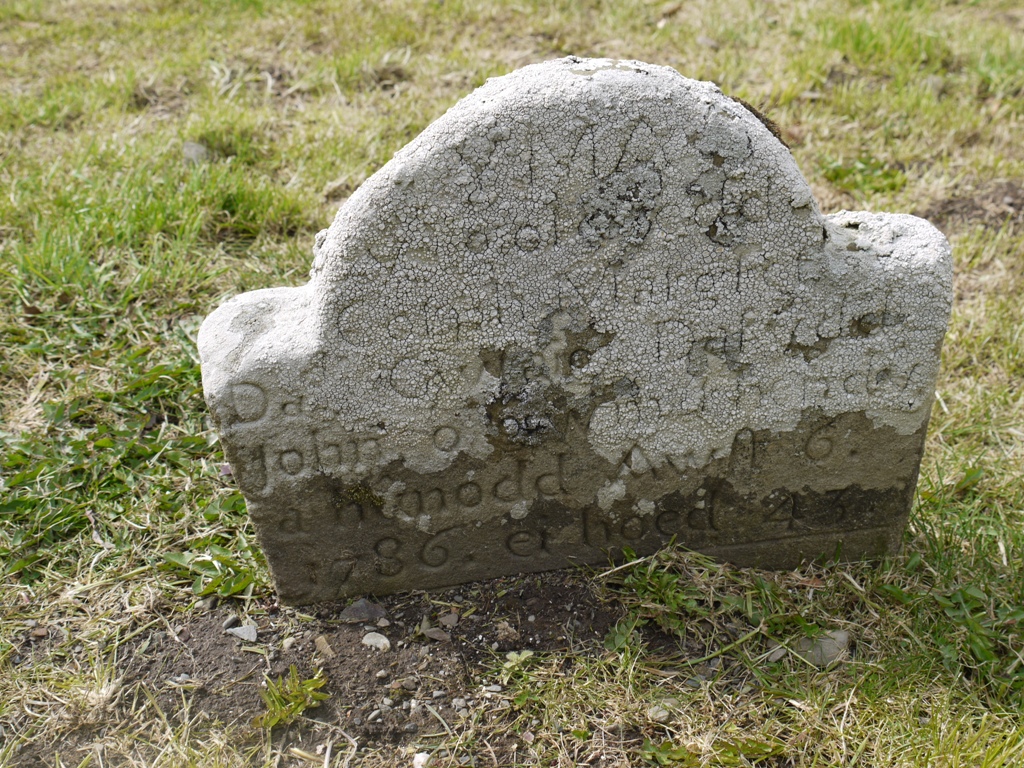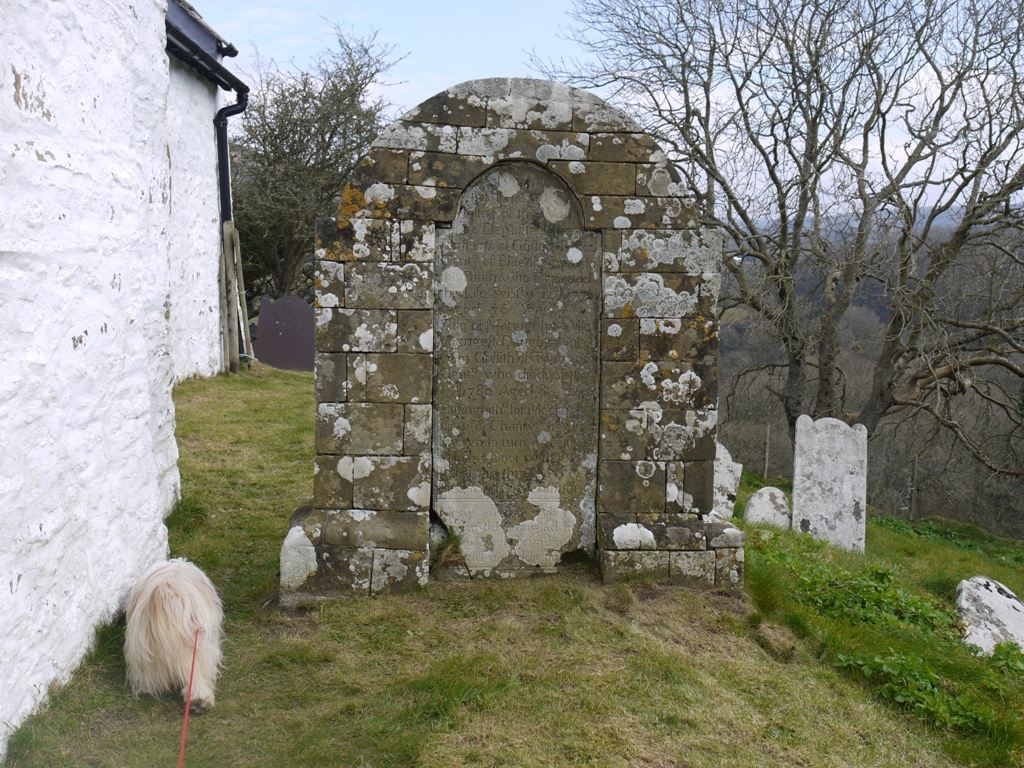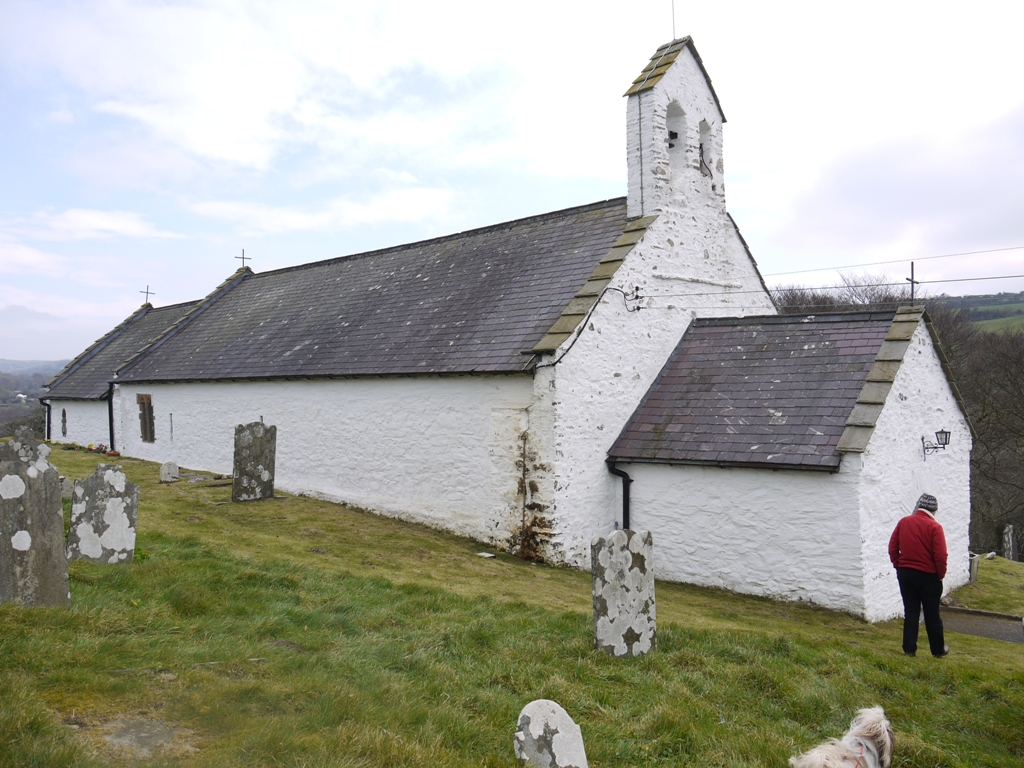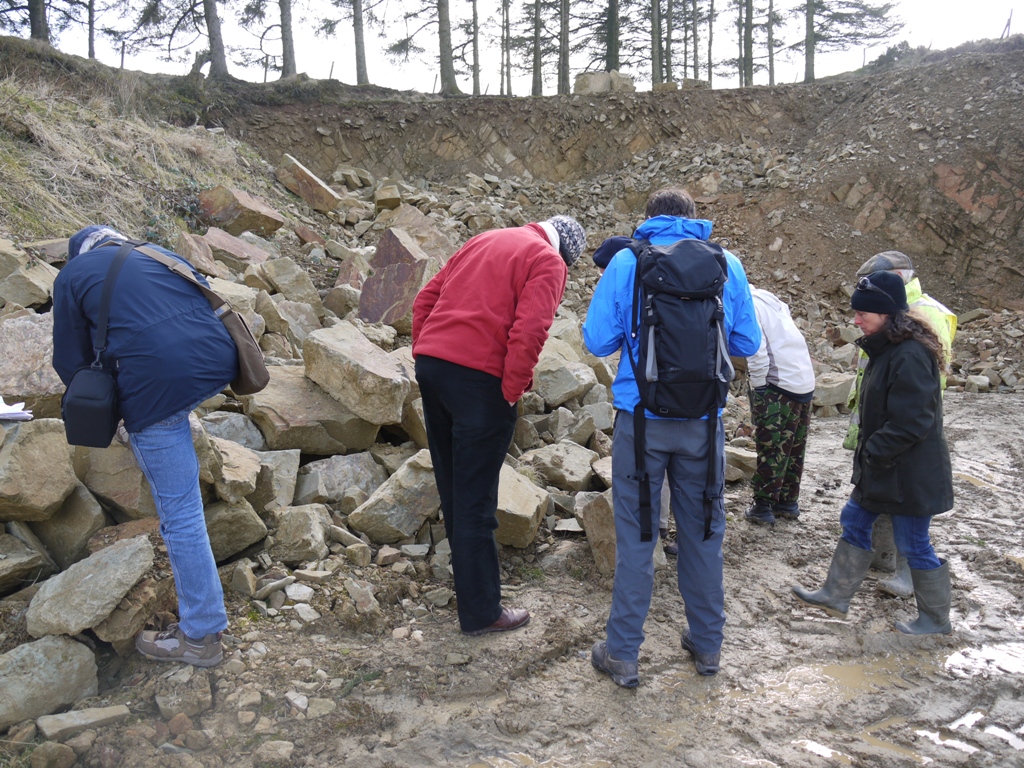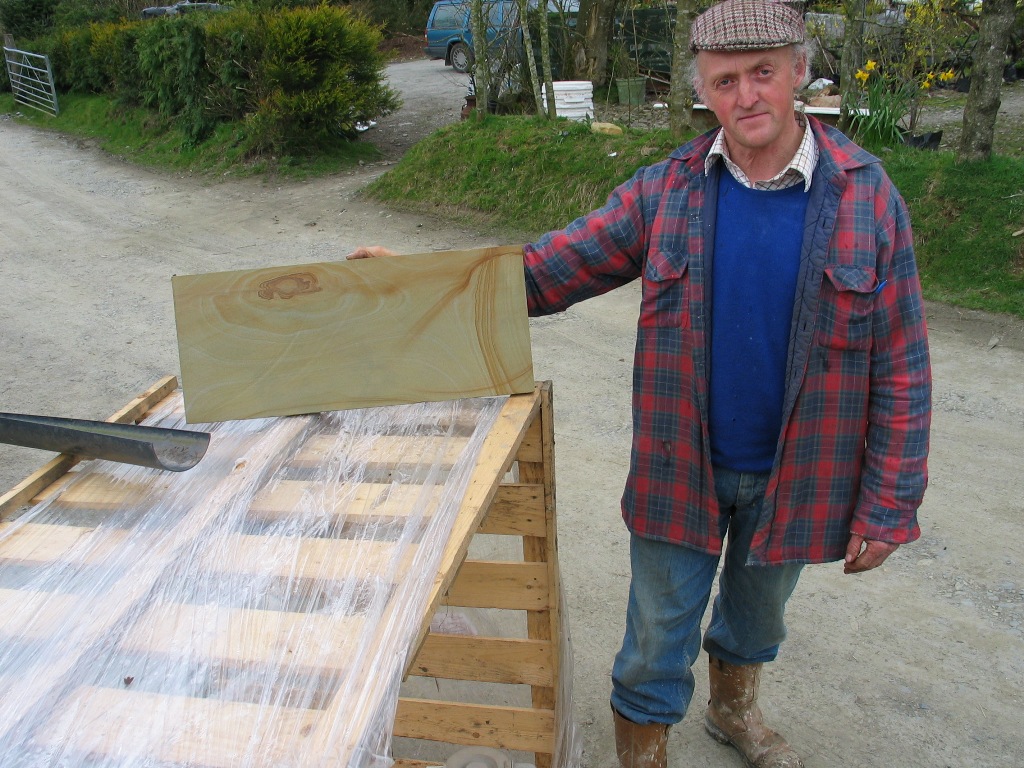by The Curious Scribbler
Saturday was a perfect day for a seasonal tradition – selecting a Christmas Tree. At Cambrian Trees in Ysbyty Ystwyth the frost lay white on the ground, the sky was blue, and kites soured overhead. A heron flew heavily over the valley while small birds wren, robin and dunnock appeared fleetingly amongst the trees. Calling first at the office, where wreathes and ready cut trees are available in abundance we instead were issued with a label with our name on it and set loose to interrogate the thousands of trees on four sloping fields on the valley side. Once tagged, our chosen tree will remain on its roots until we wish to collect it, – in our case very close to Christmas when most of the trees in the retail trade will have been cut for many weeks and become far more prone to dropping their needles.
Over the years we’ve sought our tree in various small plantations; up the Rheidol Valley at Cwm Rheidol, near the crematorium at Clarach, and south near Talgarreg. One year our chosen tree even came with an installed blackbird’s nest for extra authenticity. But the plantations were often overgrown and difficult. At Cambrian Trees they have things set up for keen tree-selectors like myself. The walks between the trees are wide and mown, the trees comfortably spaced and the encroaching brambles which can shade out and distort the lower boughs are regularly controlled by strimming. They even prune their trees where the shape could be improved on – a skillful task since conifers can can suddenly produce multiple leaders where they have been cut or damaged.

My chosen tree is one of these Nordmann firs
Even so the process of choosing a tree can be a long one. Height is just one consideration. Adjoining trees may be skinny or broad, and they may have widely spaced whorls of branches or be densely bushy. Symmetry of the top-most branches is very variable, so I inspect my prospective tree from every side, mentally festooning the branches with baubles and balancing Xmas parcels among the lower boughs.
There is also the choice of species to consider. Firm favourite with many customers is the Nordmann fir, but there are others beckoning the purchaser. The Frazer fir has slightly shorter bright green needles silver on the underside, and its narrow form suits smaller spaces. The Noble fir has softer and greyer needles and is particularly favoured for wreath making. Here and there in Field No 1 we came across Korean firs, which cone freely while still small. For decoration with snow or tinsel these trees would be stunning, the brown cones substitute for shiny baubles, and the tips of every twig are ornamented with a trio of bright white buds.
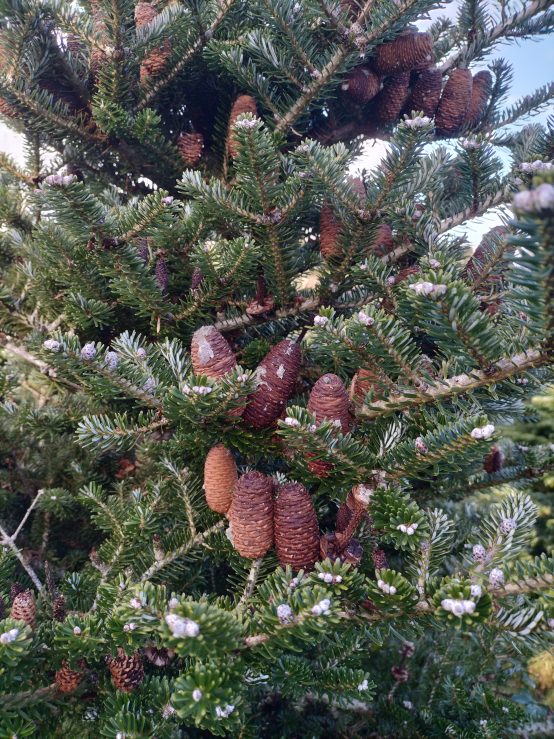
Korean fir hardly needs decorating
One could go off piste with the soft plumy foliage of a lodgepole pine, or settle for the traditional green of an old -fashioned Norway Spruce, perfect for an outdoor tree but thirsty and demanding in a heated room. There are also some Siberian Spruce, which I am told hold their needles far longer that the Norway.

A very bushy Norway Spruce
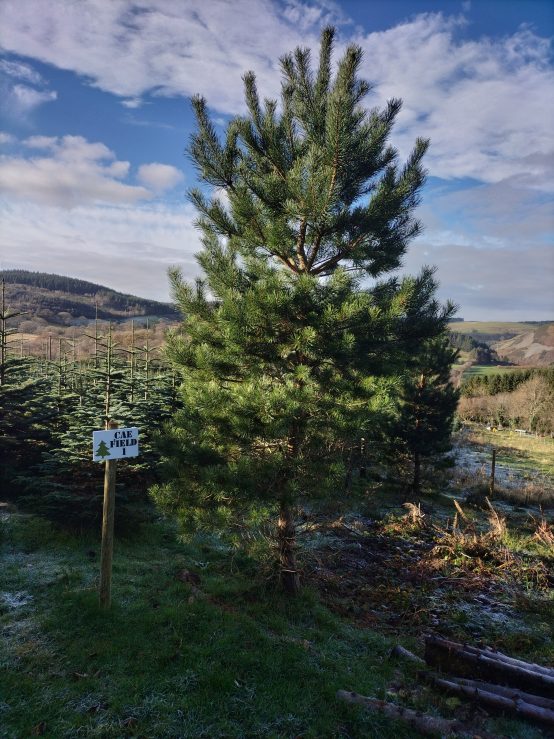
A Lodgepole pine
This is the best-kept of the tree-fields I have visited over the years and Jane introduced me to some of the workers, now resting in the adjoining barn. Shropshire sheep have teddy-bear faces and neat sideways pointing ears. Welsh mountain sheep would be unwelcome since they will devour the lower branches of the conifers, but these discriminating grazers leave the trees alone and keep the grass down. Perhaps Shropshire sheep could have a future as domestic lawnmowers too.
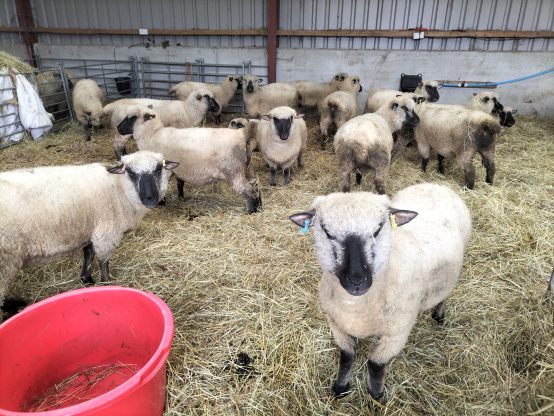
Shropshire sheep
When I choose to collect my tree Adam or Andy will set off on the quad bike with a chainsaw to collect it. That way there will be barely a needle on the carpet when twelfth night comes around.
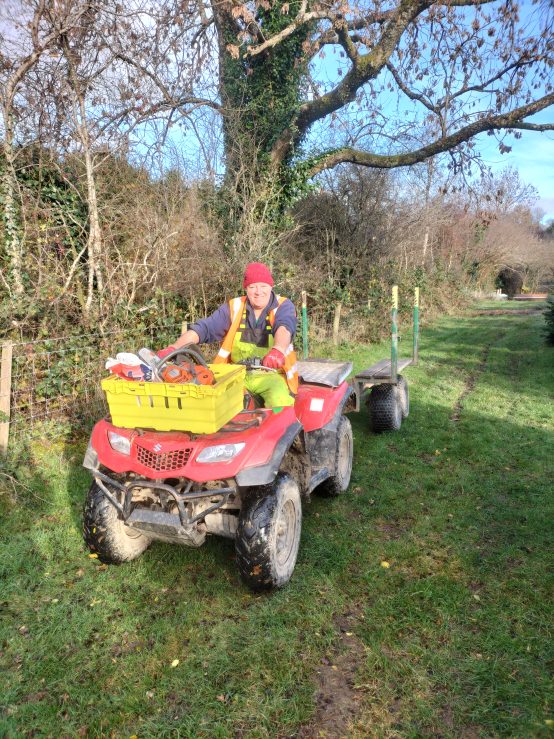
Andy cuts and collects the trees.
Great quantities of Christmas trees leave Cambrian Trees to be sold far and wide, but there is a special welcome for us locals and our families lucky enough to be able to visit in person. I will also be buying one of Jane’s wreaths to hang on my front door.
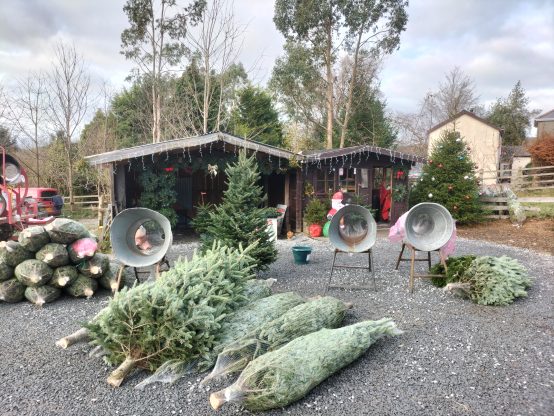
Tree netting allows them to fit in the car.



